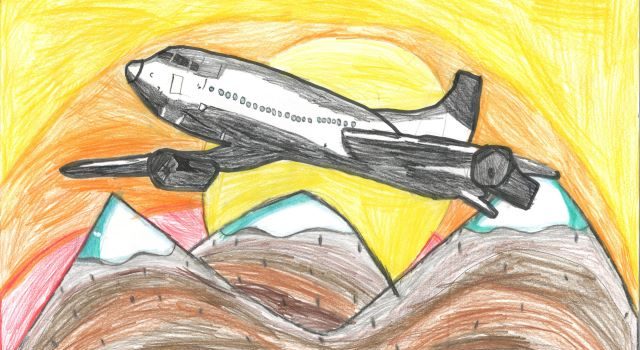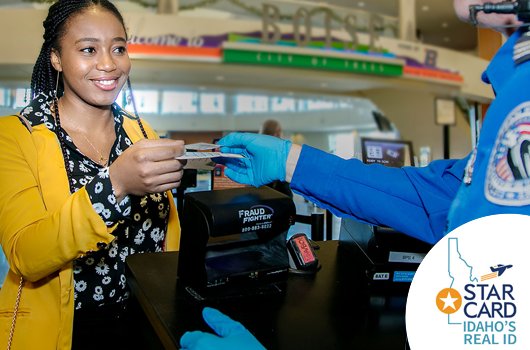The Idaho Transportation Department is seeking input on long-range planning for transportation across the state through a series of public meetings in the next month.
Comments will inform the update to ITD’s Statewide Long-Range Transportation Plan, a federally required strategy document that is updated every five years and is used by the Idaho Transportation Board and planning staff as a guide to program future studies and projects.
Open houses will be held in each region of the state:
- Nov. 18 in Pocatello at the Portneuf Medical Center (777 Hospital Way)
- Nov. 19 in Idaho Falls at the Crosspoint Community Church (1900 Grandview Drive)
- Dec. 2 in Coeur d’Alene at the Hampton Inn and Suites (1500 West Riverstone Drive)
- Dec. 3 in Lewiston at the Lewiston Community Center (1424 Main Street)
- Dec. 4 in Boise at Mountain View High School Library (2000 South Millennium Way)
- Dec. 8 in Twin Falls at the College of Southern Idaho (315 Falls Avenue)
All events will take place 3 – 7 p.m. The same material will be shared online, with comments sought from Nov. 18 to Jan. 10.
ITD’s Long-Range Transportation Plan will look at the needs of the transportation network out to 2050 and consider a variety of factors including growth, travel demands, land use, safety, economic development, system reliability and anticipated revenue.
“This policy document looks at current conditions, existing plans and future trends in Idaho and lays the foundation for ITD to continue to deliver on our mission of safety, mobility and economic opportunity,” said Amy Schroeder, the division administrator for planning. “It’s not necessarily about identifying specific projects. It’s about determining, through data analysis and public input, the best strategy for investing in the transportation system given the variability of future revenue.”
The plan comes at a time of extraordinary growth and funding uncertainty. Besides seeking public feedback, ITD is engaging with other planning organizations as the plan will look at the transportation network as a whole, which extends beyond state-managed highways to locally owned routes and alternative modes of transportation.
“This is about working with local jurisdictions and planning agencies to address congestion in major cities,” Schroeder said. “It’s also about adopting a statewide perspective and recognizing that it’s just as important to look at improving safety and reducing fatalities in our rural areas.”
An additional public comment period to review the draft plan is planned for summer 2026, and the plan is expected to be released in 2027.










